🥃 Whiskey
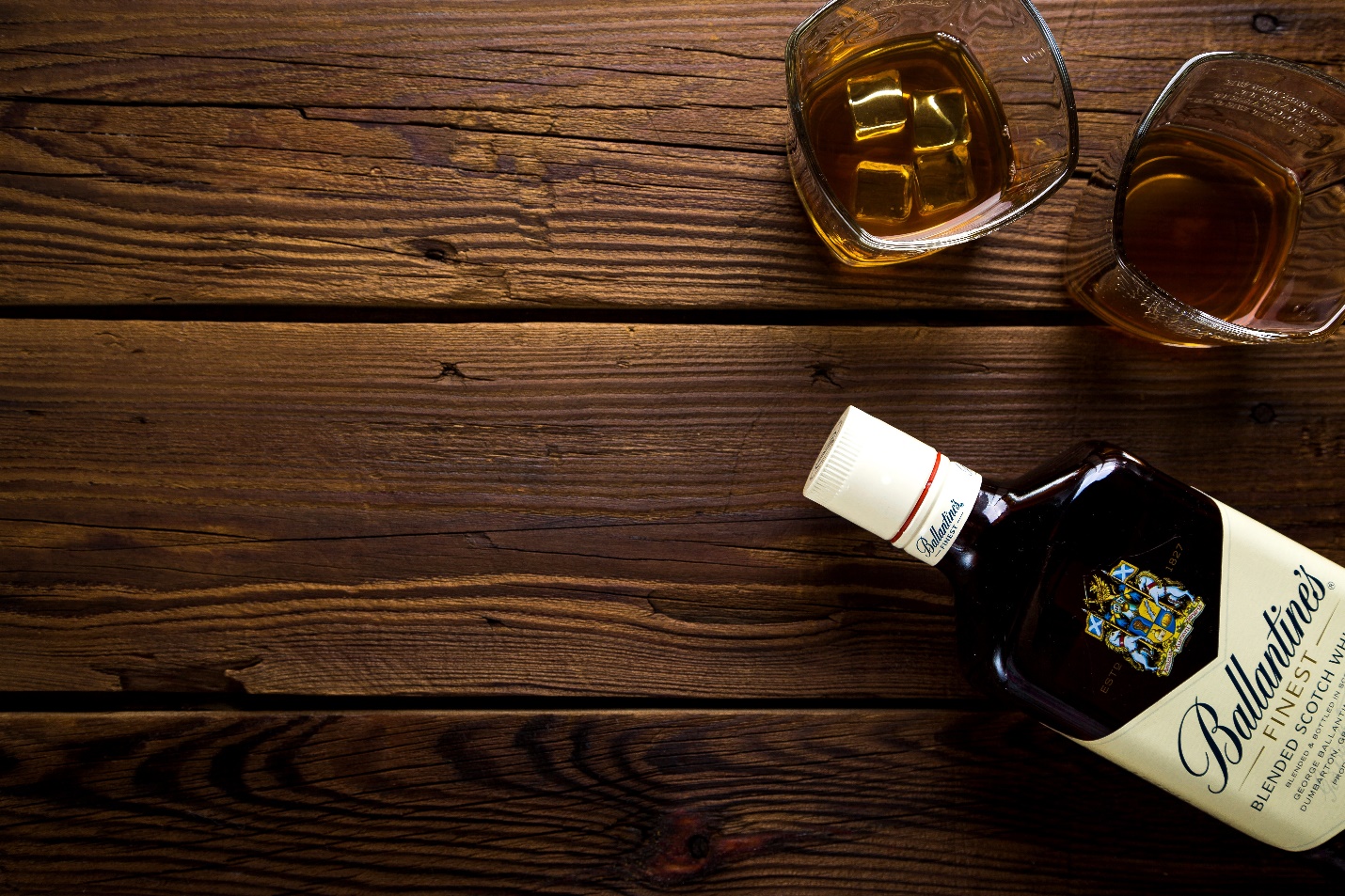
Whisky, or Whiskey, doesn’t matter really, as long as it leads to the strong, kickass taste of the most prestigious “in my opinion” drink.
“Whiskey, like a beautiful woman, demands appreciation.
You gaze first, then it’s time to drink.”
-Haruki Murakami
Kegs are for college students and vodka is for ladies. When you want a man’s drink, you need a tumbler full of something sophisticated AND rugged. Dig deep with us on the ultimate drink, the drink of all drinks and the holder of the throne. Whiskey.
Whether served neat or with one hard cube, a splash of water, or diluted with sweet vermouth and bitters, there is no better time to tipple whisky…
Or whiskey. To whichever you prescribe, but only after realizing the subtle and dramatic differences between the two, although it can be clearly identified that the same result is waged.
So aside from location, how do these various whiskeys and whiskies differ? Let’s begin where Henry II began…
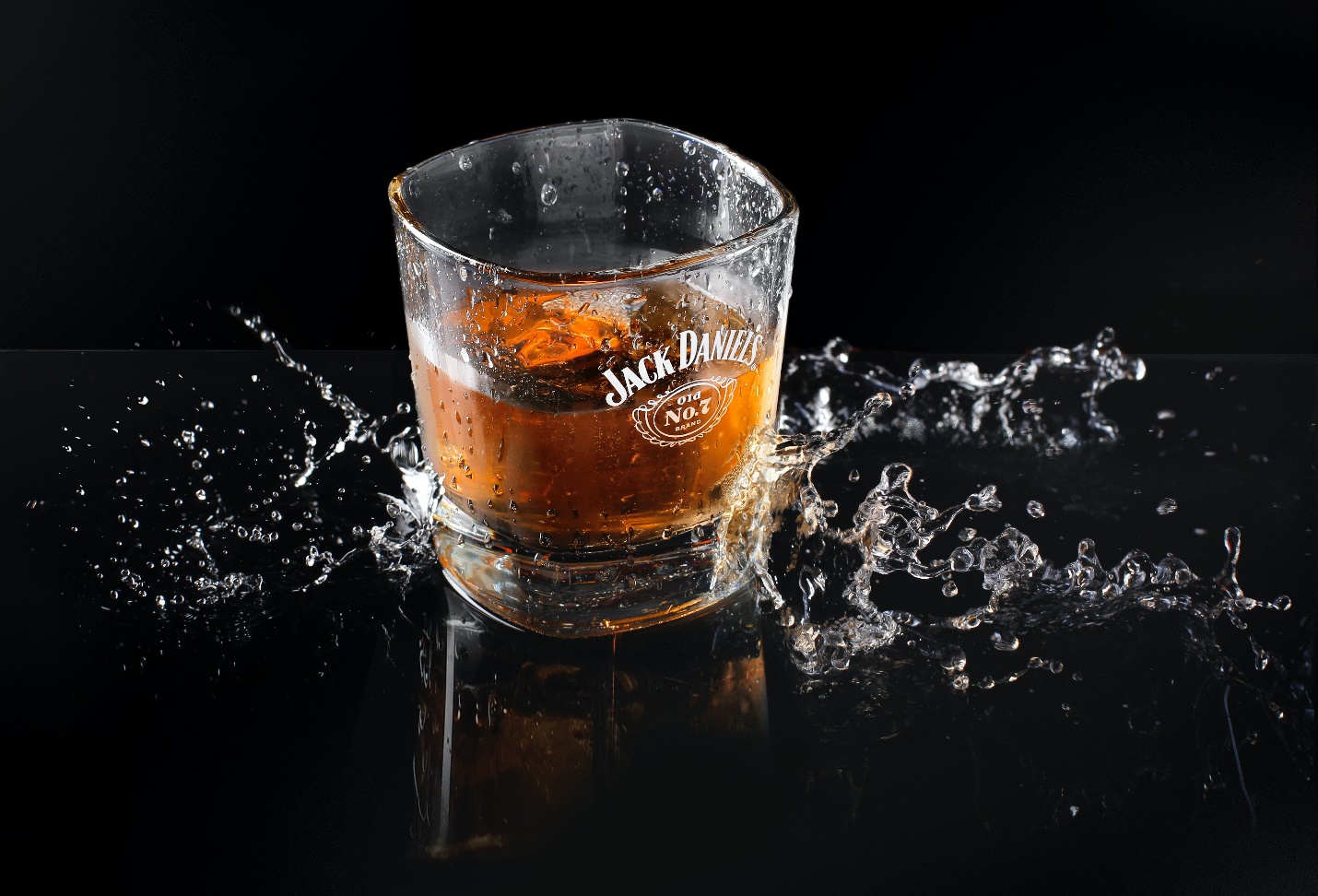
By the 13th century, the Irish were producing distillates from grains such as corn and barley and aging them in oak for prolonged periods. The result was a yellow to dark orange alcohol that embodied flavors of earth and dried fruit. Hence whiskey was born.
The recipe for whiskey production, generally speaking, involves the three steps of fermentation, distillation, and aging. It begins with the fermentation of grain – it is always grain, whether barely, corn, or rye – then the distillation of the liquid in a pot still or column still, followed by prolonged aging in oak.
But if the Irish were the originators, how come Scotch is more prevalent? Like anything else, economics and politics play as much a hand in success as quality. Unfortunately for the Irish, economic and political turmoil dating back to the beginning of the 19th century has left much ground to recover.
🏴 Scotland

So, they weren’t first, but how have they revolutionized the whisky trade. What makes Scotch unique aside from its styles (single malts, blended malts, blended grains) is how it varies from region to region. Whether it’s notes of iodine and smoke from Islay or rich and floral nuances from The Highlands, there is a Scotch to be enjoyed by all types of whisky drinkers.
🇨🇦 Canada
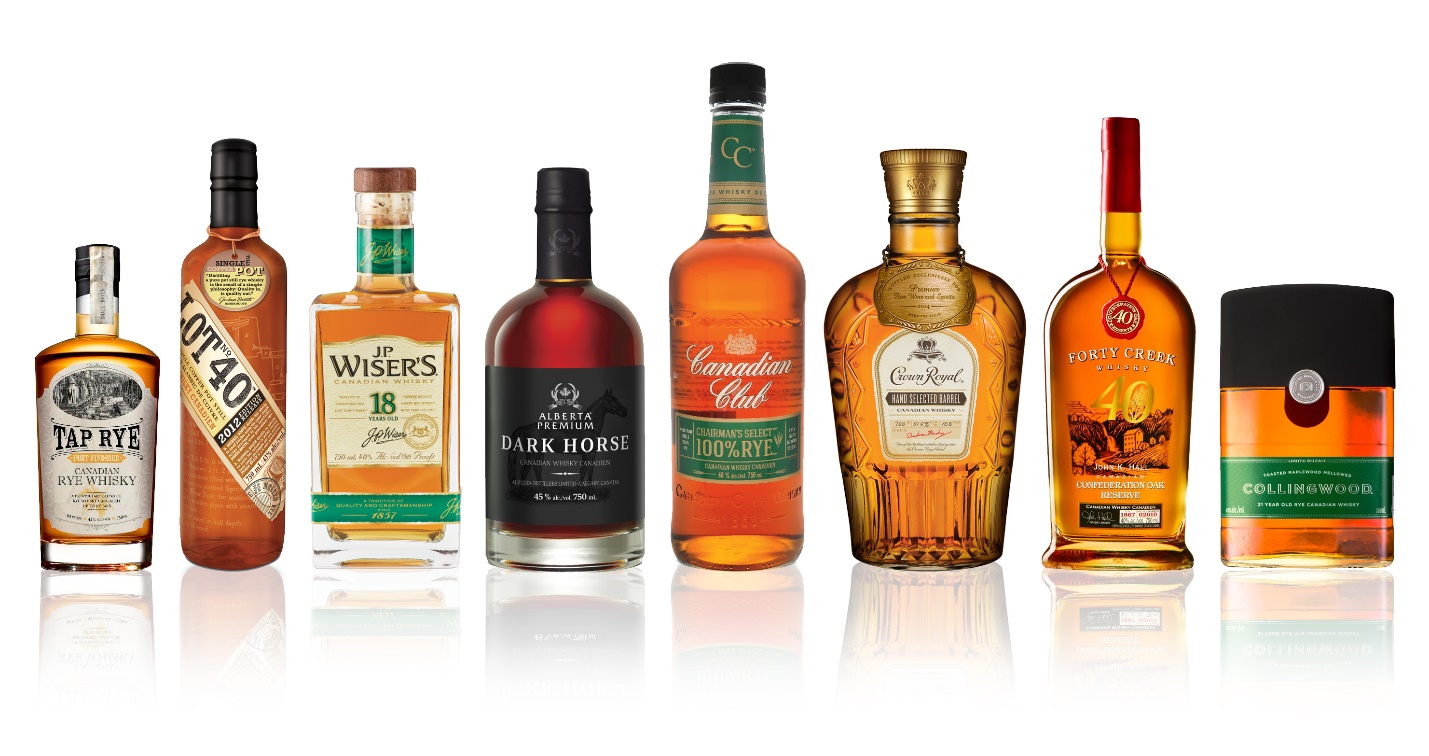
Although Canadian whisky, notice no “e”, has lost support from American drinkers over the years – especially after Prohibition was repealed – it still sells volumes at home and internationally. Remarkably smooth, Canadian labeling laws tend to be somewhat lax when compared to its U.S. neighbor. Apart from having to be distilled in Canada with cereal grains and aged for 3 years, there is no legal bearing as to what qualifies as a Canadian whisky, Canadian rye whisky or rye whisky, although rye is the grain.
🇺🇸 United States
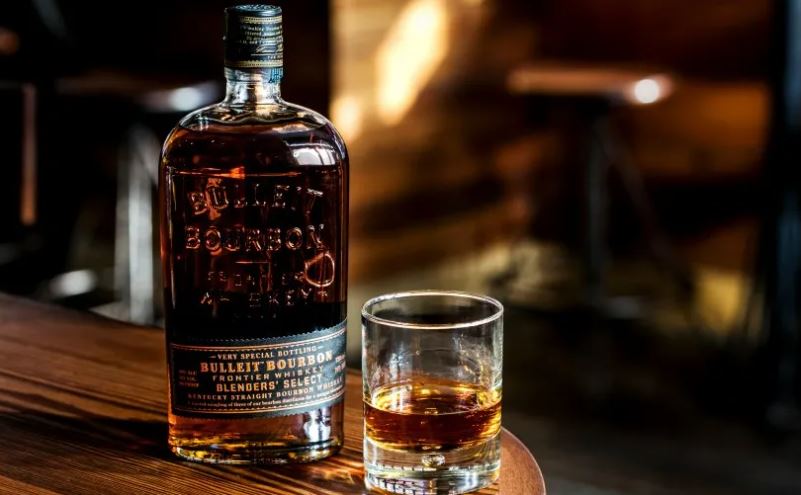
Talk about pride and something distinctly American. Bourbon… wait, I meant rye whiskey… no we’re talking Tennessee whiskey, benefiting from the Lincoln County Process a.k.a. Jack Daniels… alright all of those products fit the aforementioned statement but let’s break down what’s what.
Though it bears the name of the eponymous Bourbon County, bourbon whiskey can be produced legally anywhere in the United States. The fact is, despite owning 95% of production, there are several states that distill bourbon outside of Kentucky, including Tennessee, Pennsylvania, Virginia, Colorado, even as far north as New York.
🇯🇵 Japan
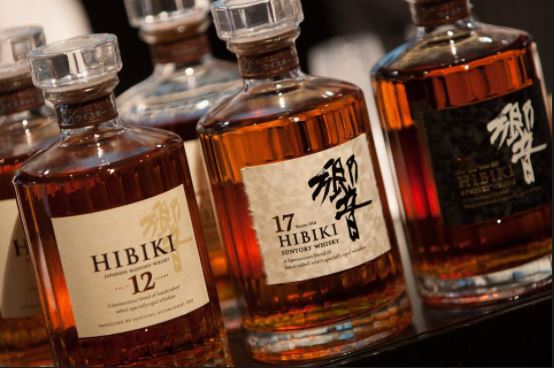
Who can forget Bob Harris (Bill Murray) struggling through his photo shoot in
2003’s Lost in Translation: “For relaxing times… make it Suntory time?”
That was probably the best international marketing the Japanese whisky industry could have hoped for. Producing their own style of whisky since the late 1800’s only recently has the industry achieved recognition globally, and it’s about time, the Japanese love their whisky.
More comparable to the Scotch style, Japanese whiskies are produced throughout the country as single malts and blended varieties. Flavors range from salty and peaty to oily and fruity depending on the distiller.